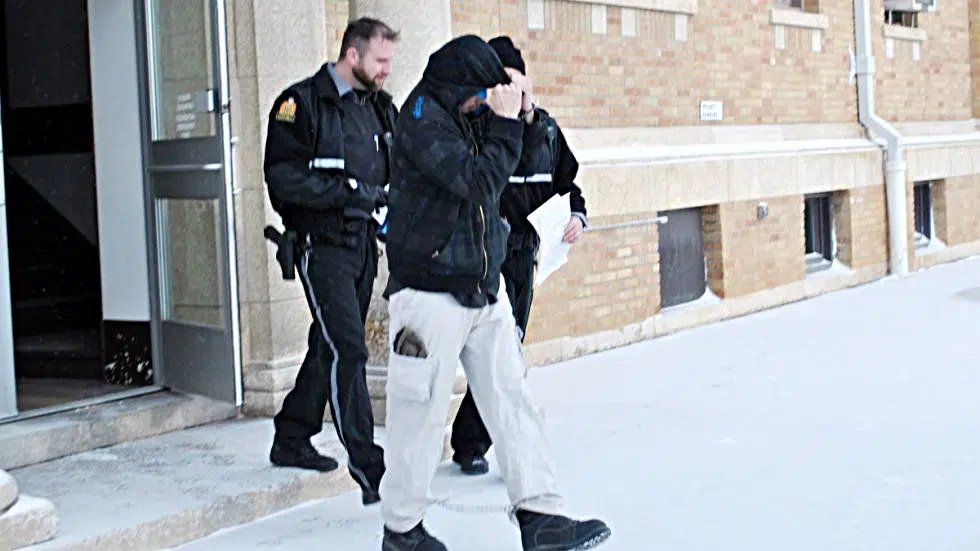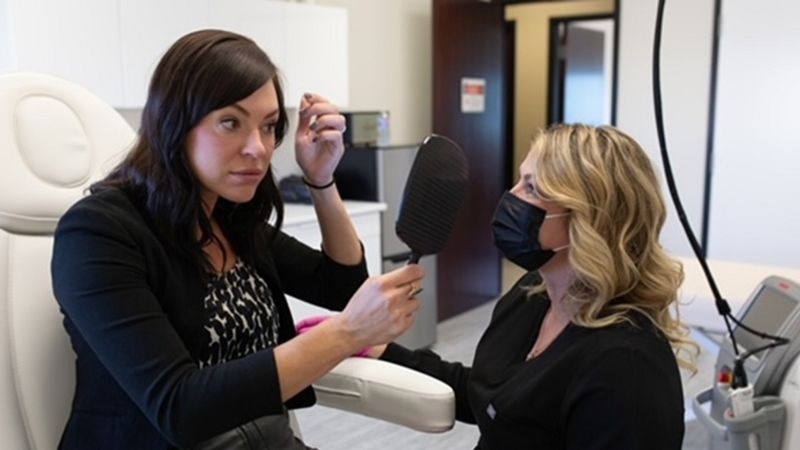
Man found guilty in brutal murder-sex assault case
A man facing a first-degree murder charge in the brutal sex assault and killing of a 33-year-old woman has been found guilty at the Court of Queen’s Bench in Prince Albert on Friday.
John Thomas Peter Shaoulle of Wollaston Lake, Sask. received an automatic life sentence after Justice Gerry Allbright delivered his guilty finding. Shaoulle will serve 25 years of his sentence before he is eligible for parole, and he can apply to have his sentence reduced after 15 years.
Allbright found Shaoulle guilty of killing Margaret Sewap in Prince Albert. Two people looking for a secluded place to use intravenous drugs found her naked body in the early morning of April 8, 2011 behind the Bolt Supply House on 17th Street East. The two reported their discovery to the Prince Albert Police Service.
Sewap had been viciously sexually assaulted, which left her with extensive injuries. Shaoulle then strangled her to death soon after. Then, Shaoulle tried to burn her remains, leaving Sewap with first to third-degree burns to 18 to 25 per cent of her body.


